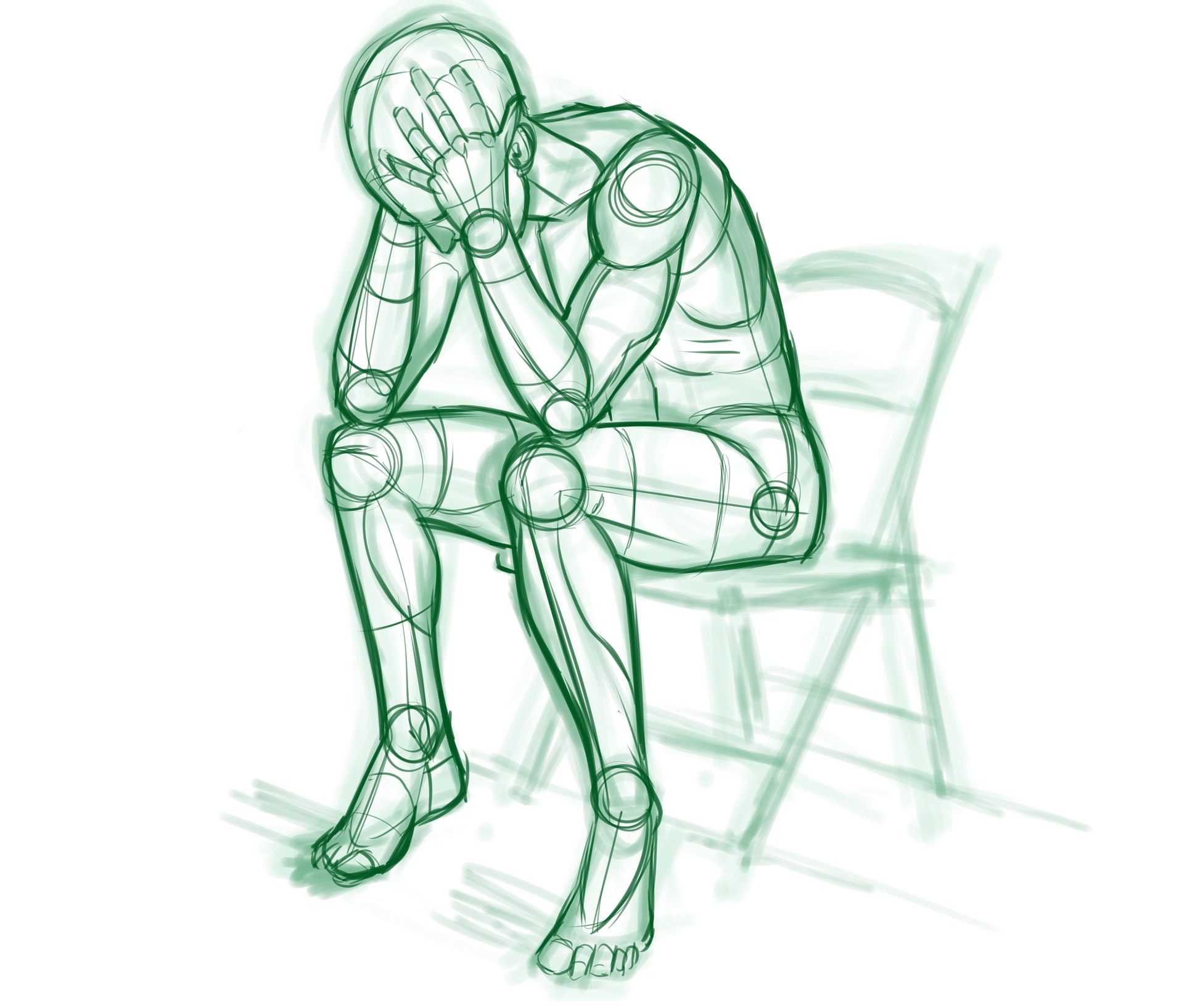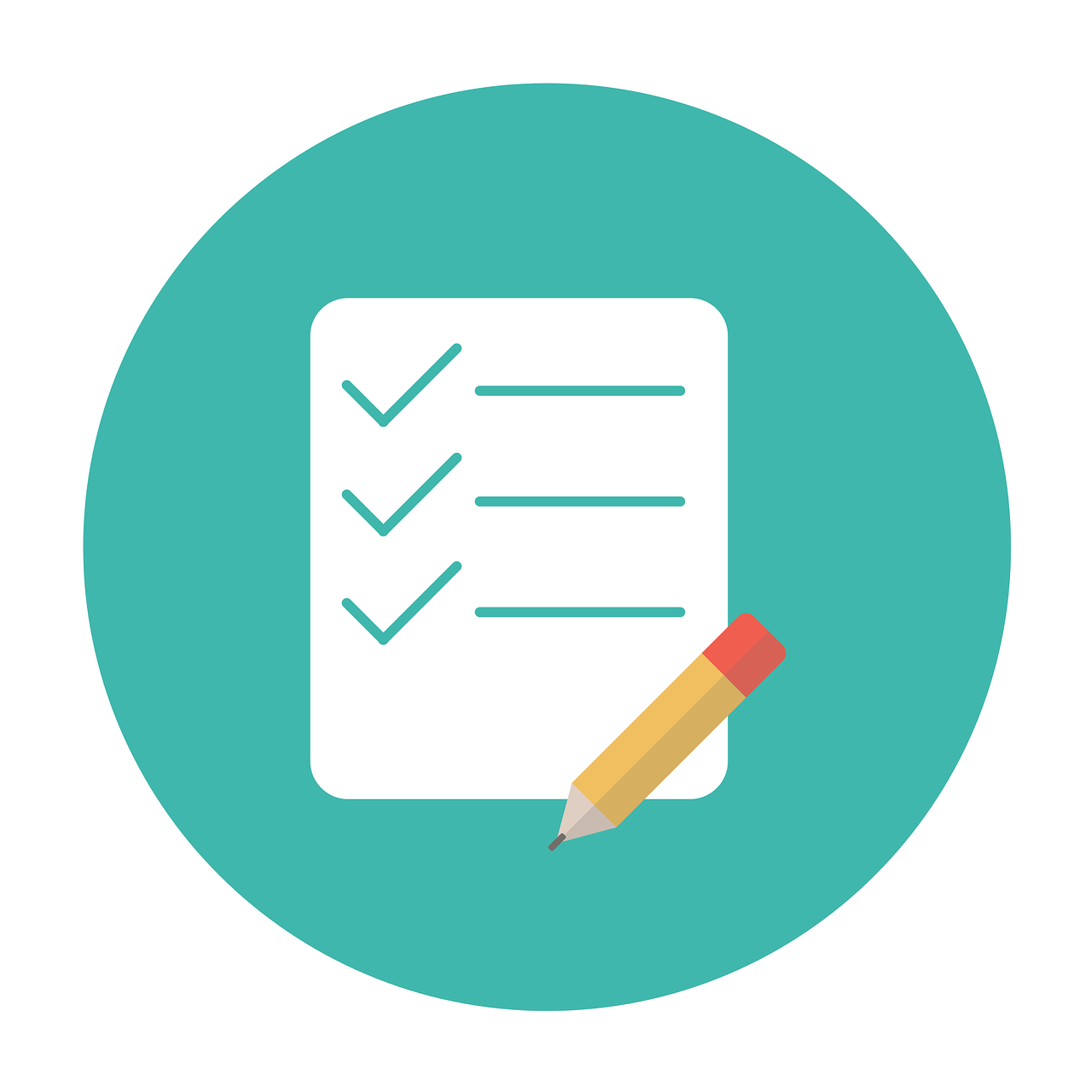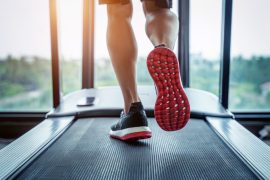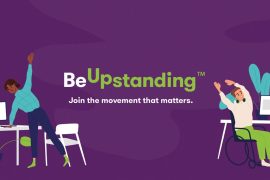Prior to going live with the BeUpstanding™ program that you see now, our research team tested whether using an online toolkit to guide workplace champions to deliver the BeUpstanding™ intervention was even going to work. The findings of this test version in terms of how champions used the toolkit and the impact of the program have just been published in the Journal of Medical Internet Research Formative Research, while our findings on the acceptability of the test version will be published soon in Health Promotion International.
A little background info

Did you know that the BeUpstanding™ Champion Toolkit is based off of a previous intervention called Stand Up Australia? Stand Up Australia was evaluated in a cluster randomised controlled trial in workers in Victoria and was shown to be effective and acceptable to both employers and employees. However, the Stand Up Australia intervention, which was delivered by the research team and included sit-stand workstations, seminars, activity tracking, and one-on-one health coaching as part of the intervention, was resource intensive and wasn’t ready for workplaces to just use. The BeUpstanding™ program is the translation of the Stand Up Australia intervention, and was designed to be a low cost / no cost option to support more work teams to stand up, sit less, and move more. The program is led by a workplace champion, rather than a research team. Through the BeUpstanding™ Champion Toolkit, champions are “trained” by a step-by-step guide and provided with associated tools and resources so they can implement the program in their workplace. If you are interested in the process of the translation, you can read more about it here.
The key elements of the program are:
- Create a wellbeing committee and hold a wellbeing committee workshop to help plan the program and support the champion.
- Hold a staff consultation session to educate staff, and as a group determine and agree on three top strategies to help their work team stand up, sit less, and move more,
- Implement and promote the top three strategies.
What did we do and why?
To make sure the translated intervention was feasible and that it reduced workplace sitting, we ran a pilot study from September 2015 to May 2016 with funding support from the Queensland government “Healthier. Happier. Workplaces” program (previously known as the Queensland Workplaces for Wellness Program).

The study was designed to measure impact outcomes such as: sitting, standing, and moving times (both in and outside of workdays and on non-workdays), knowledge and attitudes towards sitting, standing, and moving, workplace sitting accumulation, the use of activity-promoting strategies, and work performance indicators and perceived health status. The research team also collected data on the implementation of the program (how much time did champions spend on the program and what toolkit steps were completed).
Seven Australian desk-based work teams were selected to trial the test version of the BeUpstanding™ Champion Toolkit. The teams selected were from small, medium, and large organisations, in regional and metropolitan locations, and spanned a range of industries from both white and blue collar workplaces. A champion from each team ran the program for approximately three months.
How did we collect the data?
The impact outcomes data was collected through online self-reported questionnaires that staff completed at baseline and three months after implementation. In particular, sitting, standing, and moving times at work were measured through the Occupational Sitting and Physical Activity Questionnaire. Telephone interviews with champions were conducted after the final stage of the program had been completed to collect implementation data.
What did we find?

Before starting BeUpstanding™, on average, participants reported that they sat for 79% of their workday, and 95% of participants wanted to sit less at work than they currently did. After three months of implementing the BeUpstanding™ Champion Toolkit there was a 6% absolute reduction in mean workplace sitting time among staff who answered both surveys, which is approximately 30 minutes less sitting in a 8 hour workday (-6.3%, 95% CI – 10.1 to 2.5, p=.001).
There were also statistically significant improvements in standing and moving while at work, a decrease in workplace sitting accumulation, a decrease in sitting before and after work, an increase in moving before and after work, and a decrease in sitting time on non-workdays.
 In addition to being effective at reducing workplace sitting, the BeUpstanding™ Champion Toolkit, with its “train-the-champion” method of delivery, was also feasible to implement. BeUpstanding™ Champions reported that they spent, on average, 30 minutes to one hour per week on the intervention.
In addition to being effective at reducing workplace sitting, the BeUpstanding™ Champion Toolkit, with its “train-the-champion” method of delivery, was also feasible to implement. BeUpstanding™ Champions reported that they spent, on average, 30 minutes to one hour per week on the intervention.
What has happened since?
We spent about a year incorporating the findings from this pilot study, developing a platform to support wide-spread delivery of the program, and creating a website. We went LIVE in September 2017 with the updated version and now have over 135 champions signed up to the BeUpstanding™ Champion Toolkit. We continue to get feedback from champions and modify the BeUpstanding™ Champion Toolkit to meet our users needs.
You can view all the study results and read the full article here.
This blog post was written by Jennifer Burzic, a member of the BeUpstanding™ team.










Comments are closed.